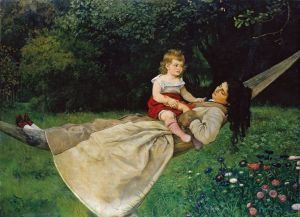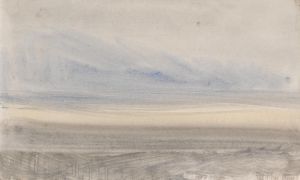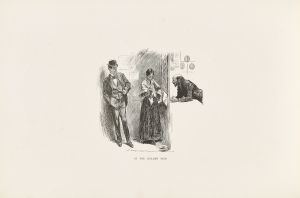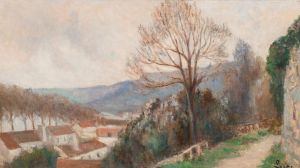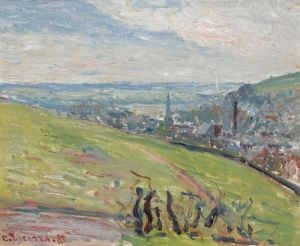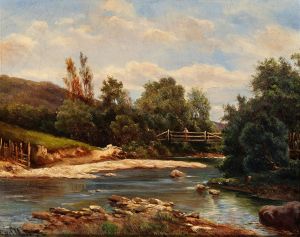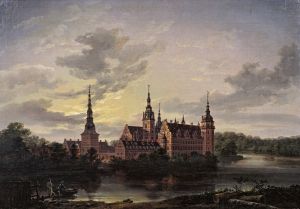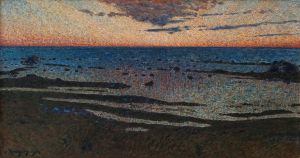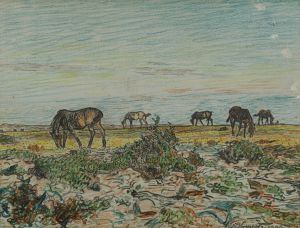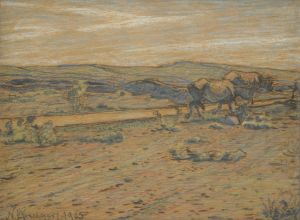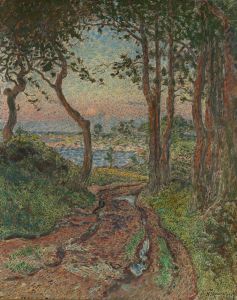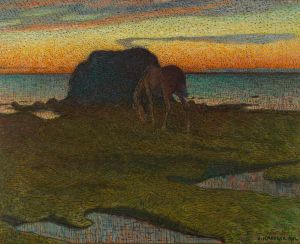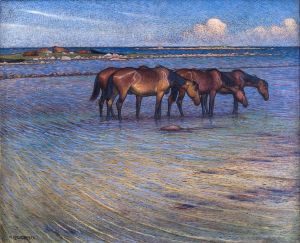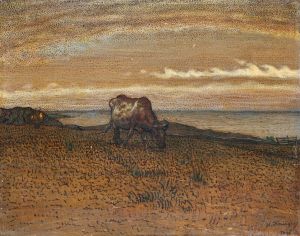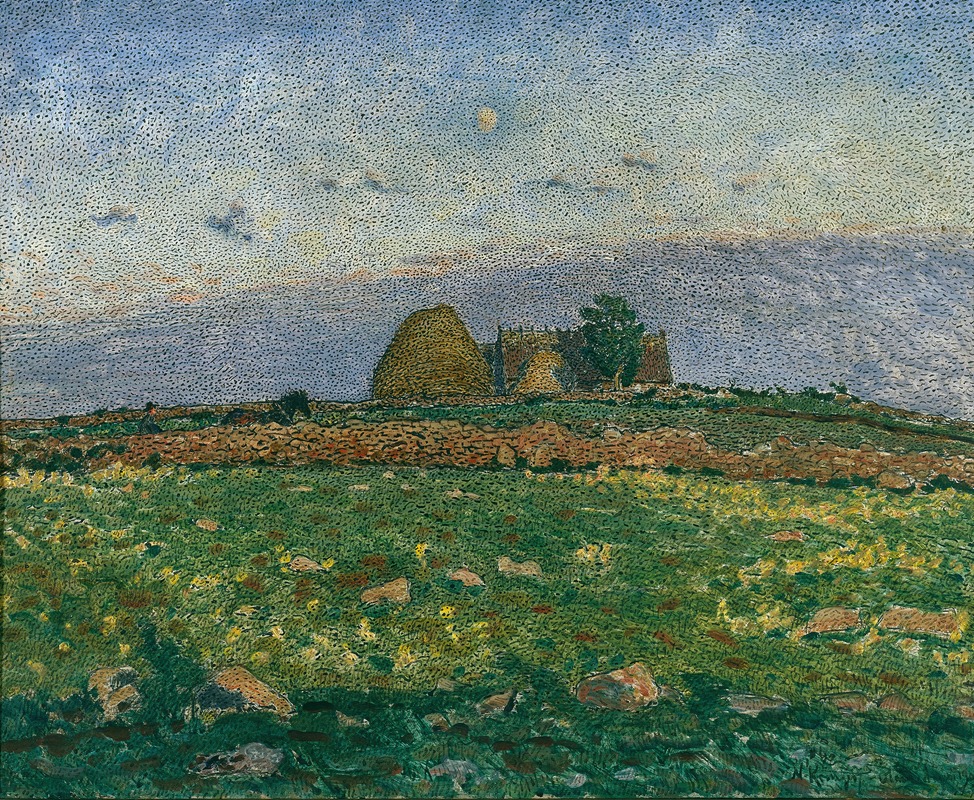
Rest
A hand-painted replica of Nils Kreuger’s masterpiece Rest, meticulously crafted by professional artists to capture the true essence of the original. Each piece is created with museum-quality canvas and rare mineral pigments, carefully painted by experienced artists with delicate brushstrokes and rich, layered colors to perfectly recreate the texture of the original artwork. Unlike machine-printed reproductions, this hand-painted version brings the painting to life, infused with the artist’s emotions and skill in every stroke. Whether for personal collection or home decoration, it instantly elevates the artistic atmosphere of any space.
Nils Kreuger was a prominent Swedish painter, known for his contributions to the development of Swedish art in the late 19th and early 20th centuries. One of his notable works is the painting titled "Rest" (Swedish: "Vila"). Kreuger was part of the artist colony in Varberg, which played a significant role in the evolution of Swedish landscape painting. His work often depicted rural scenes and landscapes, capturing the essence of the Swedish countryside with a unique blend of realism and impressionism.
"Rest" is a fine example of Kreuger's ability to convey the tranquility and simplicity of rural life. The painting typically features pastoral elements, such as fields, trees, and possibly figures or animals at rest, though specific details about the composition of "Rest" are not widely documented. Kreuger's style is characterized by a keen observation of light and atmosphere, which he used to create a sense of mood and time of day in his landscapes.
Kreuger was influenced by the French Barbizon school and the Impressionists, which is evident in his use of light and color. He often employed a technique that involved broad, loose brushstrokes, which allowed him to capture the fleeting effects of light and shadow. This approach is likely reflected in "Rest," where the interplay of light would be used to enhance the serene and contemplative nature of the scene.
Throughout his career, Kreuger was dedicated to exploring the Swedish landscape, and his works often reflect a deep appreciation for the natural beauty of his homeland. He was a member of the Varberg School, a group of artists who were instrumental in the transition from traditional academic painting to more modern approaches in Sweden. This group was known for its focus on plein air painting, which involved working outdoors to directly capture the effects of light and atmosphere.
Kreuger's work, including "Rest," is significant for its contribution to the development of modern Swedish art. His paintings are celebrated for their ability to convey a sense of peace and harmony with nature, qualities that were highly valued during a time of rapid industrialization and social change. By focusing on rural themes and landscapes, Kreuger and his contemporaries helped to preserve a sense of national identity and cultural heritage.
While specific details about the painting "Rest" are limited, it remains an important part of Kreuger's oeuvre and exemplifies his artistic philosophy. His work continues to be appreciated for its technical skill and emotional depth, and it holds a respected place in the history of Swedish art. Kreuger's legacy is evident in the continued admiration for his ability to capture the essence of the Swedish landscape and the quiet beauty of everyday rural life.





